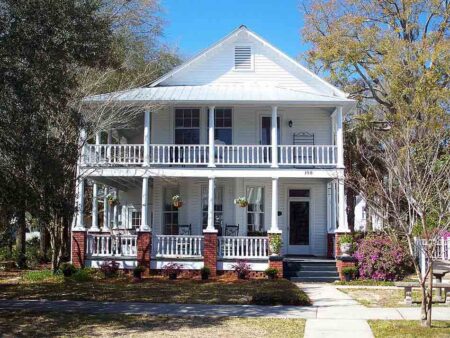Pine bark beetles are attracted to injured, weak, damaged trees. We can’t do anything to prevent these events. But we can possibly prevent some other man-made injuries to pines that potentially result in pines becoming vulnerable to beetle attack.
Many people are noticing dead or dying pine trees in northwest Florida. Upon closer inspection, evidence of pine bark beetles may be found.
These beetles are secondary, attacking pines that are already injured, damaged or stressed. Recent hot, extended dry weather has been a factor. Lightning strikes, damage that occurs during developing lots and subdivisions, even use of some lawn herbicides and irrigating too much can all result in weak, injured pines.
Pine bark beetles are attracted to injured, weak, damaged trees. We can’t do anything to prevent these events. But we can possibly prevent some other man-made injuries to pines that potentially result in pines becoming vulnerable to beetle attack.
The Ips engraver beetle and the black turpentine beetle infest pines as a result of construction injury. This can occur after construction of a new subdivision or home where existing pines were injured from raising and lowering the grade, where roots were paved over or cut, where water movement was altered, where there is compaction from heavy equipment, etc. This type of injury is prevented, not cured.
Many pines have a poor chance of surviving long-term on new home sites because we are building homes on smaller lots. As a result, the house, driveway and walkway has to go somewhere… and in the process, the trees’ roots are adversely affected.
Tree researchers have found that some pine species do not fare well in an urban landscape with lawn grass because of all we do to the grass. Fertilizer, excessive irrigation, weed killers and other lawn chemicals weaken the pines. These trees are doomed to live a shorter life in a landscape as compared to pines in a natural wooded environment, left undisturbed.
Preventing pine beetle attack may involve quickly removing a pine that has been injured from lightning, wind breakage, etc. Once a pine is injured, it’s a “sitting duck” for beetle attack.
Insecticides have a place in bark beetle management but it is a rather limited place.
Once beetles are in a tree, it’s too late to use an insecticide and it’s a matter of time before the tree dies. Insecticides may be used to protect high-value pines prior to attack, which are in close proximity to infested trees.
Currently available insecticides for pine beetle control are limited and costly. Insecticides do not remove the source of stress that attracted bark beetles to the location. It can be difficult and dangerous to spray a plant as large as a pine tree.
More information is available from a County Forester, the UF/IFAS Extension Office or from this UF/IFAS Extension link. https://edis.ifas.ufl.edu/pdffiles/FR/FR39900.pdf
Larry Williams is the Extension horticulture agent with the Okaloosa County Cooperative Extension Service, University of Florida. Contact Larry at 689-5850 or email lwilliams@myokaloosa.com.







